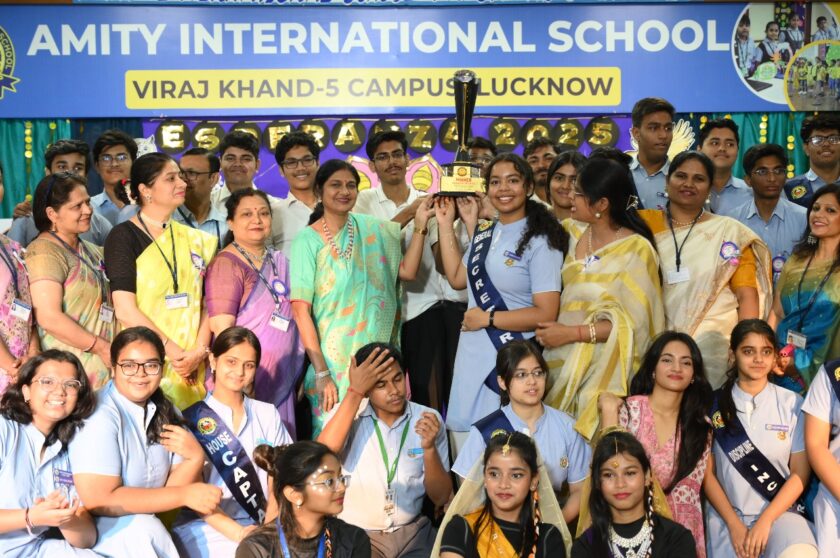Ayodhya: Developing Ayodhya as the tourism capital of India would be a multifaceted endeavor, drawing on its historical, cultural, and religious significance. The city’s association with Lord Ram, and the ongoing construction of the Ram Mandir, provides a focal point for tourism, but a successful strategy would require diversifying the tourism experience. Here’s how Ayodhya could evolve:
- Religious Tourism Hub:
- Ayodhya’s identity as the birthplace of Lord Ram has always attracted pilgrims. The completion of the Ram Mandir is expected to draw millions of visitors annually. To capitalize on this, infrastructure development—hotels, transport, sanitation, and security—would need to be significantly enhanced.
- A comprehensive pilgrimage circuit connecting other holy cities like Varanasi, Prayagraj, and Mathura could help establish Ayodhya as the epicenter of religious tourism.
- Heritage and Culture Promotion:
- Ayodhya’s ancient history, including its mention in Hindu scriptures and its significance in India’s mythological past, could be preserved through museums, heritage walks, and archaeological sites.
- Festivals like Ram Navami and Diwali could be expanded with larger cultural events, light shows, and performances, making them national and even international tourist attractions.
- Infrastructure and Connectivity:
- Improved connectivity through roads, railways, and air travel will be essential. The newly inaugurated Ayodhya International Airport is a promising step, but it must be expanded further to handle the projected influx of tourists.
- Building modern amenities like malls, resorts, and multi-modal transport hubs would enhance tourist experiences.
- Eco-Tourism Initiatives:
- Ayodhya is situated near the Ghaghra River. Developing eco-tourism around the riverfront, with boat rides, eco-resorts, and parks, could attract a broader range of tourists, including those interested in nature and leisure travel.
- Ayodhya as an Educational and Spiritual Center:
- Ayodhya could host world-class research centers, educational institutions, and spiritual retreats dedicated to studying ancient Indian texts, Ramayana, and other scriptures.
- Organizing international conferences, seminars, and yoga retreats could foster spiritual tourism while promoting a global dialogue on peace and heritage.
- Modern Tourist Attractions:
- Creating interactive spaces such as theme parks based on the Ramayana, 3D shows, light-and-sound spectacles, and immersive experiences that tell the story of Ayodhya and Lord Ram would appeal to younger audiences.
- An international Ramayana festival, inviting countries with Ramayana traditions (like Thailand, Indonesia, and Cambodia), could build a global cultural network around Ayodhya.
A balanced mix of religious significance, cultural heritage, and modern tourism infrastructure would be key to transforming Ayodhya into a premier tourism destination.

---------------------------------------------------------------------------------------------------







